Your cart is empty
Keep ShoppingThe Ancient Stories Māori Carvings Tell
Like many first civilisations, the Māori people told their history and stories through the art of carving. The symbolisms of many of the main designs we carve today have their origins in these stories. This is where the culture has come from, and because pounamu and carving have such strong ties with Māori culture, we feel it’s imperative to also look into the stories, diving into the depth and inner meanings behind traditional Māori culture, helping us understand how these translate into the modern day and the designs and stones we carve.
Māui and the Creation of New Zealand
Possibly one of the most well-known stories, and one that deeply cemented within the bones of New Zealand is the story of creation.
The legend states the North Island of New Zealand is a large fish caught by Māui, and the South Island is his canoe.
The story starts with him receiving his grandmother jawbone. She believed Māui will be a great fisherman. However his brothers won’t let him come fishing with them. Māui is determined to show his brothers his skill, so weaved a great fishing line and uses the jawbone, fastening on the end as his fishing hook. He sneaks into the hull of the canoe before sunrise so his brothers won’t know he is there.
When he feels the boast stop and his brother put the anchor down, he reveals himself to his brothers’ surprise and dismay. To prove to his brothers he will be able to help them while they are fishing – he recites a kakariki to bring them plentiful fish and tells them to drop their lines to sea. Instantly they began catching fish and pulling one fish after another into the waka. Very soon the waka was full and the brothers were extremely happy.
Taking this as his opportunity to show his brothers his skill, Māui pulled his own fishing line from his bag. His brothers mocked him, laughing and saying it would never work. They refused to give him bait for the hook, only laughing harder, as a result, Māui punched himself in the nose to draw blood, so that he could cover his hook with it as bait. Māui then stood at the front of the canoe and swung his line above his head as he recited a karakia. He threw his line out to sea, and it sunk deep to the ocean floor, down into the depths of the domain of Tangaroa, and instantly the hook was taken.
Next came the challenge, as the fish giant fish that had grasped onto the hook started swimming furiously, pulling the canoe quickly across the ocean. Māui continued to hold the line tight, despite requests from his brothers to cut his line, and eventually, the giant fish was pulled to the surface.
His greedy brothers determined to take some of this fish for themselves, began cutting at it, taking bits and creating dips and gouges out of its flesh.
Over many hundreds and thousands of years, these dips became the gullies and mountains that form part of the landscape of Aotearoa as we know it today. Birds, plants, animals and the people of Hawaiki populated the giant fish of Māui. And in time Māui's giant fish became known as the North Island of Aotearoa, Te ika a Maui, and Māui's canoe the South Island, Te Wai Pounamu (the waters of grenstone).
The Hei Matau design has a strong resonance with this story, as it represents the jawbone that was used to catch the giant fish. You can explore and shop our Hei Matau pendants here.

Kupe and his Adventures and Discovery of New Zealand
Kupe is the first discoverer of New Zealand post-Māui. He hails from Hawaiki, the spiritual land of the first Māori people. He was said to have coveted Kurumaro-tini, the wife of Hoturapa and possessor of the Matahorua, a sacred and well-regarded canoe carved by her father. His desire was so strong he would do anything to have Kurumaro-tini. He decided to kill Hoturapa and the guilty couple fled in the canoe, Matahorua to escape the vengeance of Hoturapa’s family.
Through the course of their wanderings, they discovered New Zealand. Kupe named the new land Aotearoa, land of the long white cloud, because of the large cloud that hovered over the land.
During his time on and around New Zealand, he had some great adventures, the most famous being his adventure around the west coast, just off Castlepoint. Here he encountered a giant octopus belonging to his enemy Muturangi. He followed the Octopus around the remaining coast to Awa-iti (Tory Channel) with the intent to kill it. He had a perilous battle with the sea-beast, but eventually killed it.
Following this event, Kupe stayed in Wellington before exploring the west coast as far north as Hokianga. His importance lies in many places around the country, and his many adventures are synonymous with Māori culture. His route of sailing from Hawaiki was also said to be used by Māori voyagers at a later date. According to tradition, Kupe was the only Māori voyager to make the return journey from New Zealand back to Hawaiki. Among the Māori people, Kupe enjoyed the highest mana of any ariki or chief. His story has many connections with traditional Māori carvings, the octopus is also a popular animal shape that has been carved into intricate pendants. Though as he is considered one of the first to discover New Zealand many other symbols have been and can be attributed to his stories.

Tāne Mahuta and the World Before Light
Another myth that is around this idea of creation, tells of how before light existed in the world, Ranginui (sky father) and Papatuanuku (earth mother) were bound together in a tight embrace, as they loved each other too fondly. Their children felt trapped by this, including their strongest son Tāne Mahuta. He felt that that the darkness of the world was over powering and began to crave light, air and space.
Tāne Mahuta became more frustrated as time went on, and eventually decided to thrust his powerful legs upwards pushing his father away from his mother forever.
The stories say that Rangi and Papa wept and cried at their separation, but Tāne held strong, continuing to hold his father up in the sky so that light was allowed to seep into the world for himself and all the creatures that inhabited it. From this, new life began to form around his feet. Now that the sun kissed the earth daily, this new life spread across the world, cultivating the ecosystems we know today. Tāne Mahuta helped to foster this new life, layering his mother with vegetation and encouraging the growth of trees and animals. As such, the birds and smaller trees in the forest were considered Tāne’s children, and should be treated with the respect that is expected for a child of the gods.
In this story, strength is the prominent theme, which resonates with the Toki design. This design is said to give the wearer great mana (strength), shop our toki designs here.

Hinemoa and Tutanekai
A love story and favourite Māori legend has to be the story of Hinemoa and Tutanekai. Famous around Lake Rotorua’s shores, Māori legend says that Tutanekai lived on Mokoia Island in the middle of Lake Rotorua. Every night, Tutanekai would play his flute and his music would reach across the lake to the mainland of Owhata. The music was so sweet it charmed a local and Nobel born girl, Hinemoa, who lived on the mainland. One day Tutanekai paddled his waka (canoe) to visit the mainland, where he met Hinemoa face to face for the first time, and they instantly fell in love.
From then on, every evening Tutanekai would serenade Hinemoa with his flute from across the water. However, Hinemoa’s people did not approve of the match, as she was high born and Tutanekai was no, so they hid all of the wakas so that she could not cross the lake to him. This wasn’t about to stop Hinemoa however, when she simply could not take being apart from Tutanekai any longer, she found six large gourds and used them as floats, choosing instead to swim to the island. After arriving at Mokoia Island, Hinemoa came across a natural hot spring, Waikimihia, and decided to jump in to warm up and refresh herself after the long journey. Moments later Tutanekai’s slave came to the spring to collect water. Hinemoa lured him over and smashed his gourd that was being used to collect the water so he would return to his master empty-handed, drawing him over to the hot spring. As planned, Tutanekai became extremely angry and decided to go and investigate, only to find Hinemoa waiting for him in the hot pool on a rock now known as Iriirikapua. Pleasantly surprised, his temper diminished and he joined Hinemoa in the hot spring. From this point on, Hinemoa and Tutanekai lived happily together on Mokoia Island, in peace from the mainland villagers.
A carving to symbolise this story would definitely be the heart, a symbol of love across the world, it’s a beautiful pendant to gift to loved ones or symbolise a loving connection with someone else. You can discover and shop our heart designs here.
-

We're Opening at Auckland Airport
We are excited to announce the new Mountain Jade store, that is opening at Auckland Airport! Our store will be opened to the public from the 1st of December in...
-
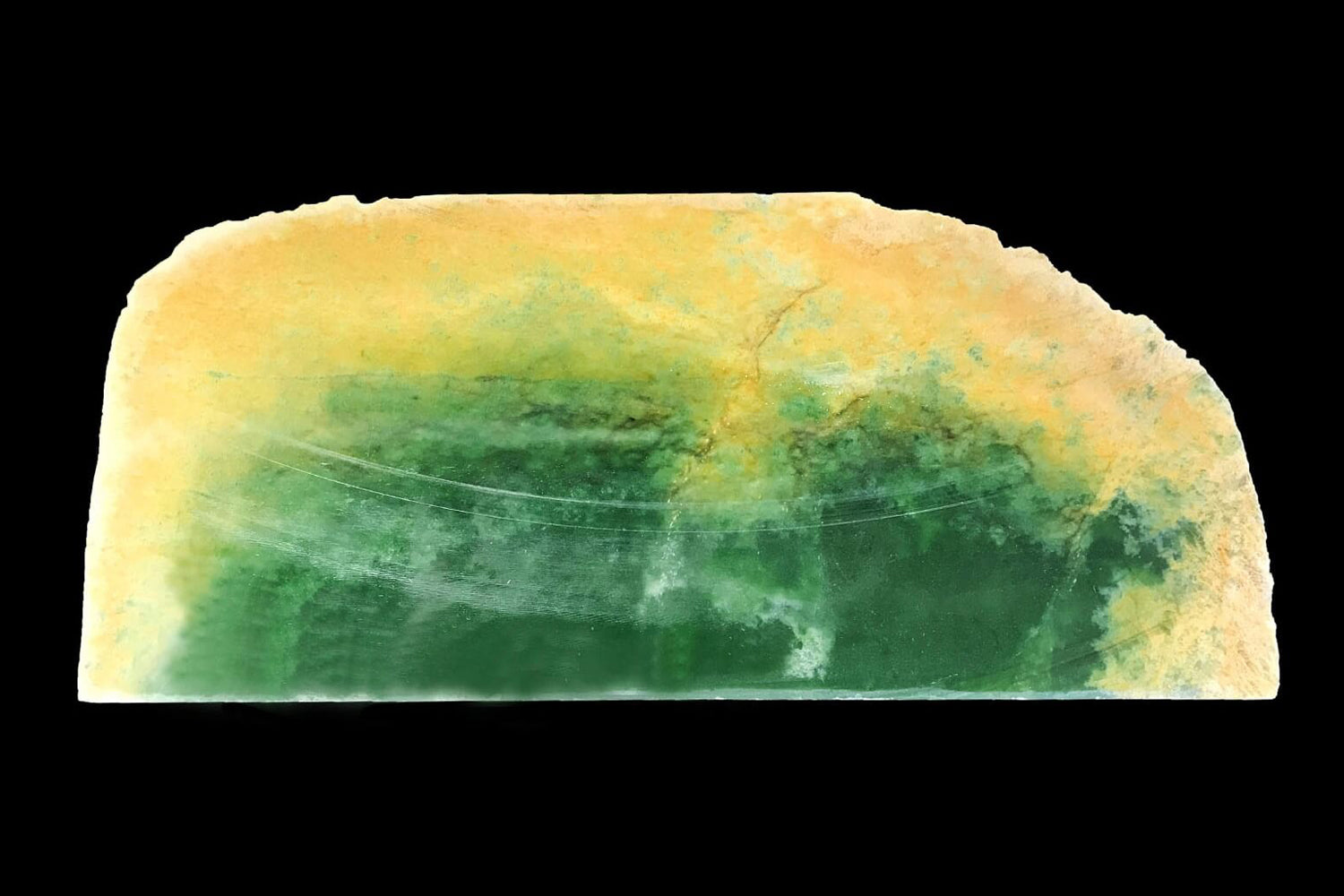
The Unique Properties of Kahurangi Jade
Here at Mountain Jade we use a variety of Nephrite (jade) types from around the world to craft the unique and striking pieces in our stores and on our website....
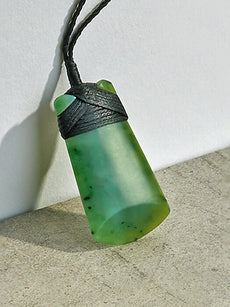
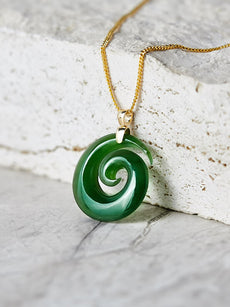
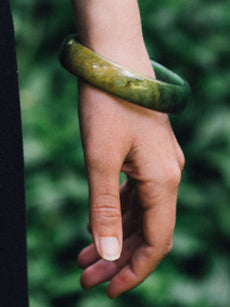
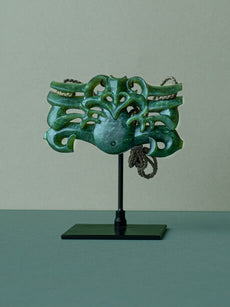
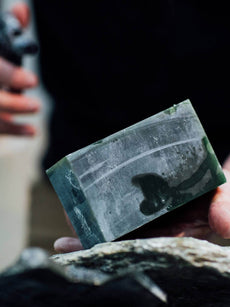
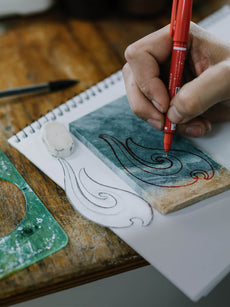

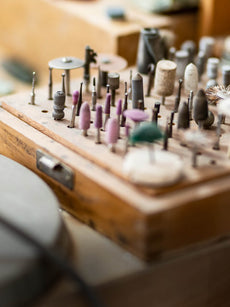

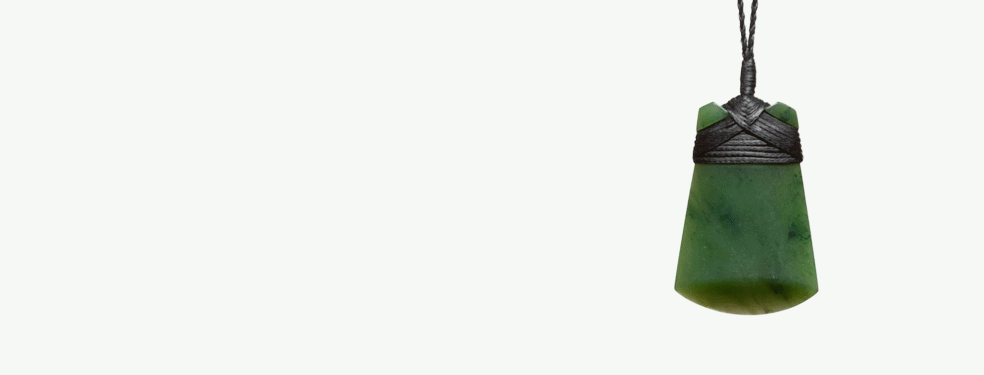


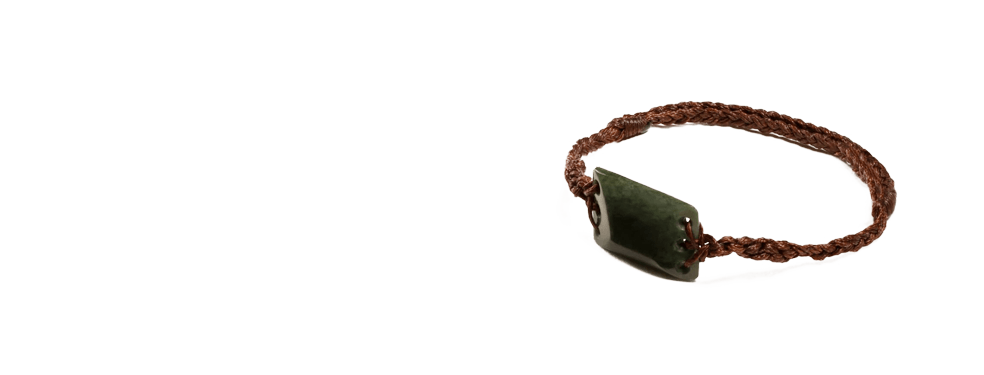


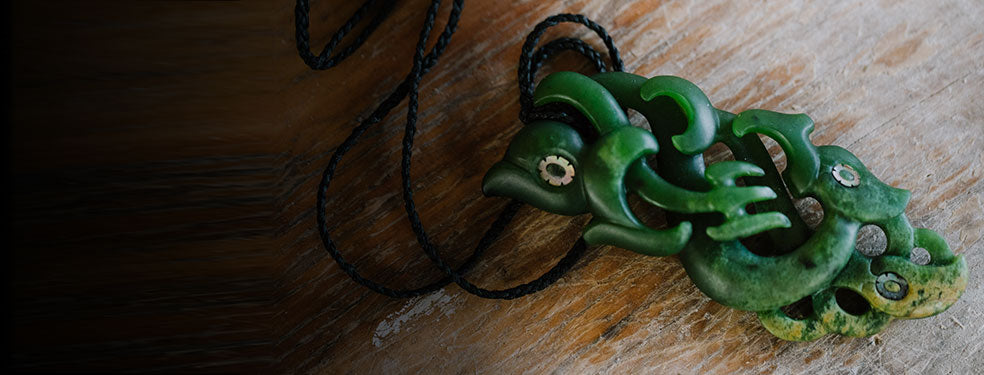



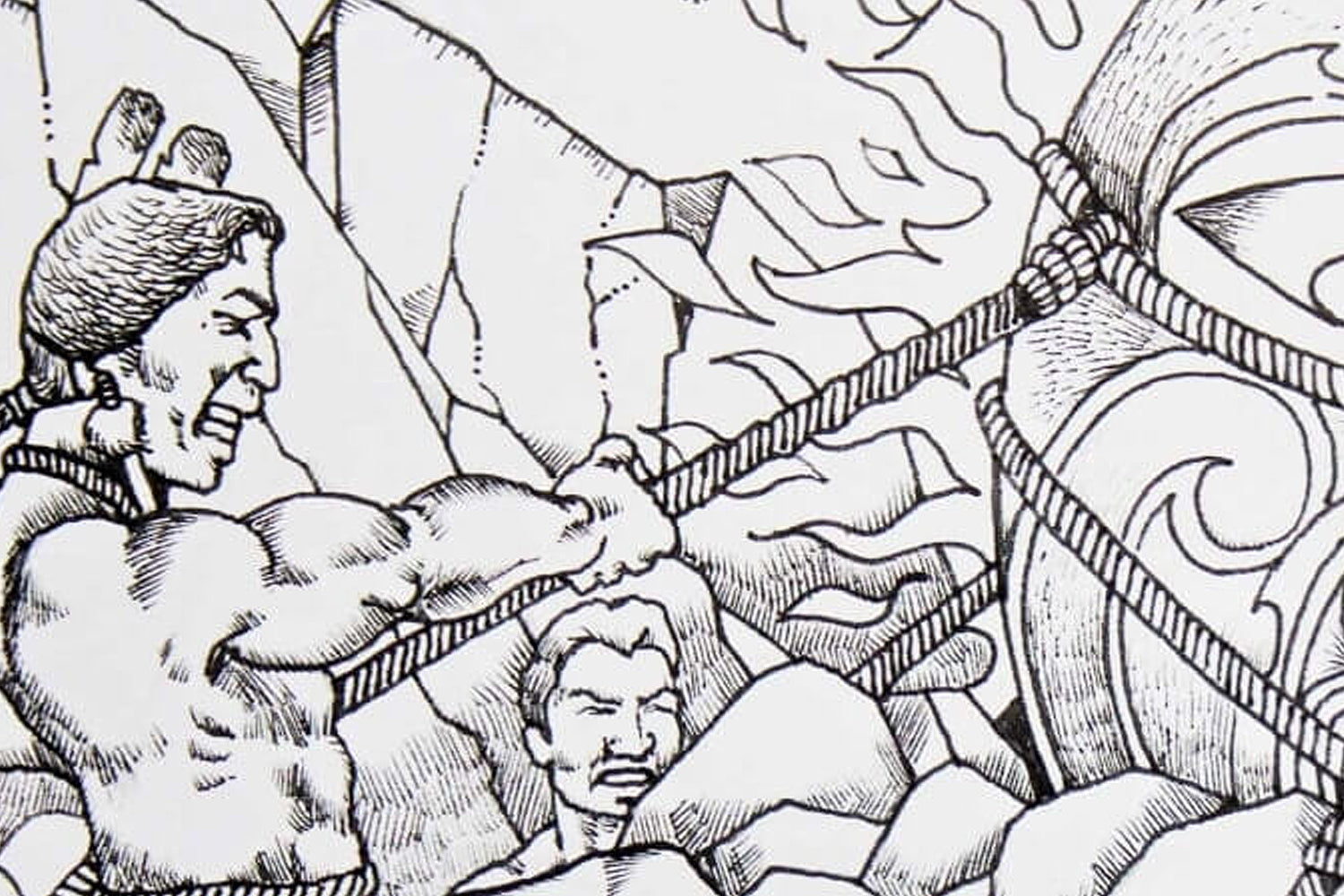




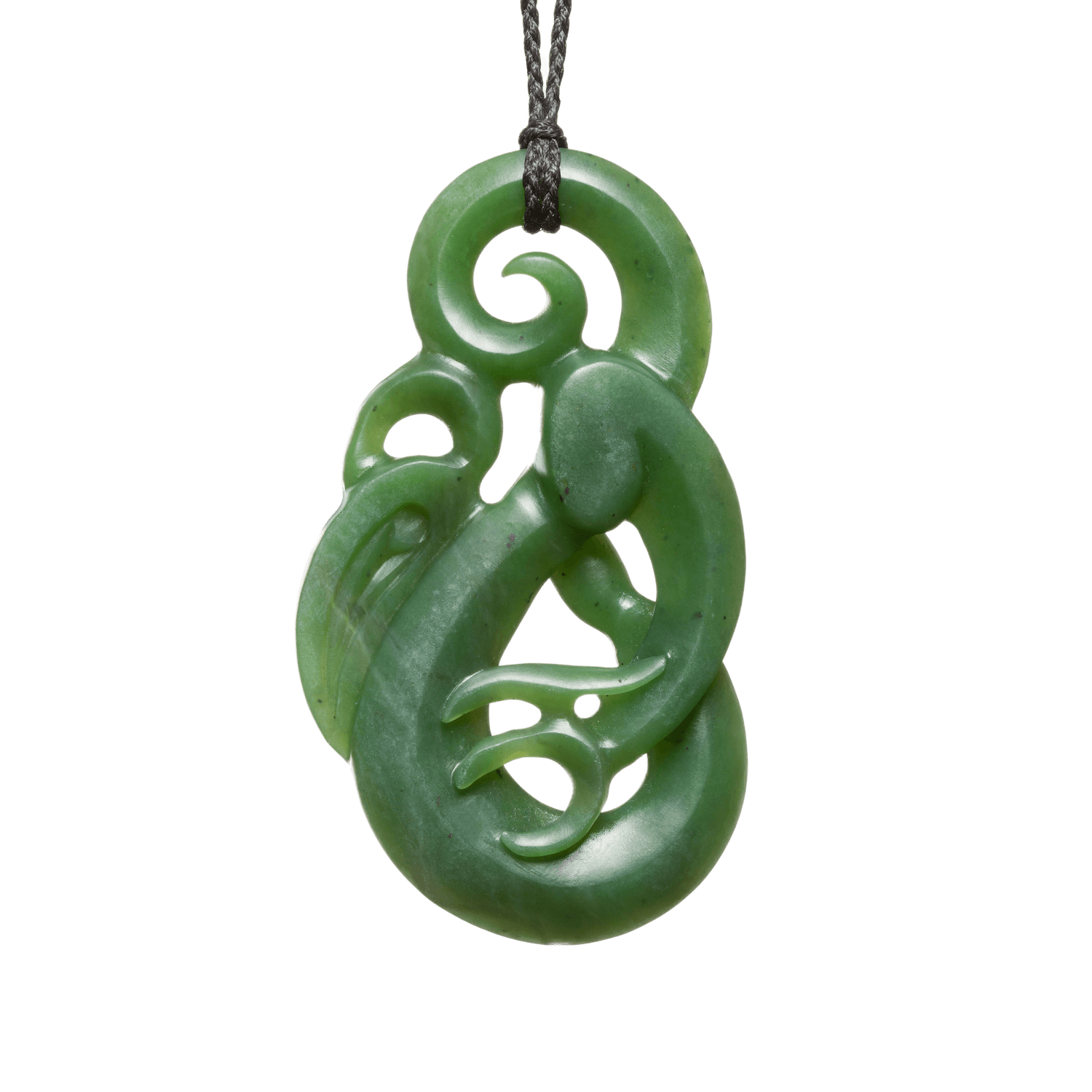
Follow Us
Stay in the know on new releases, special offers, and more.